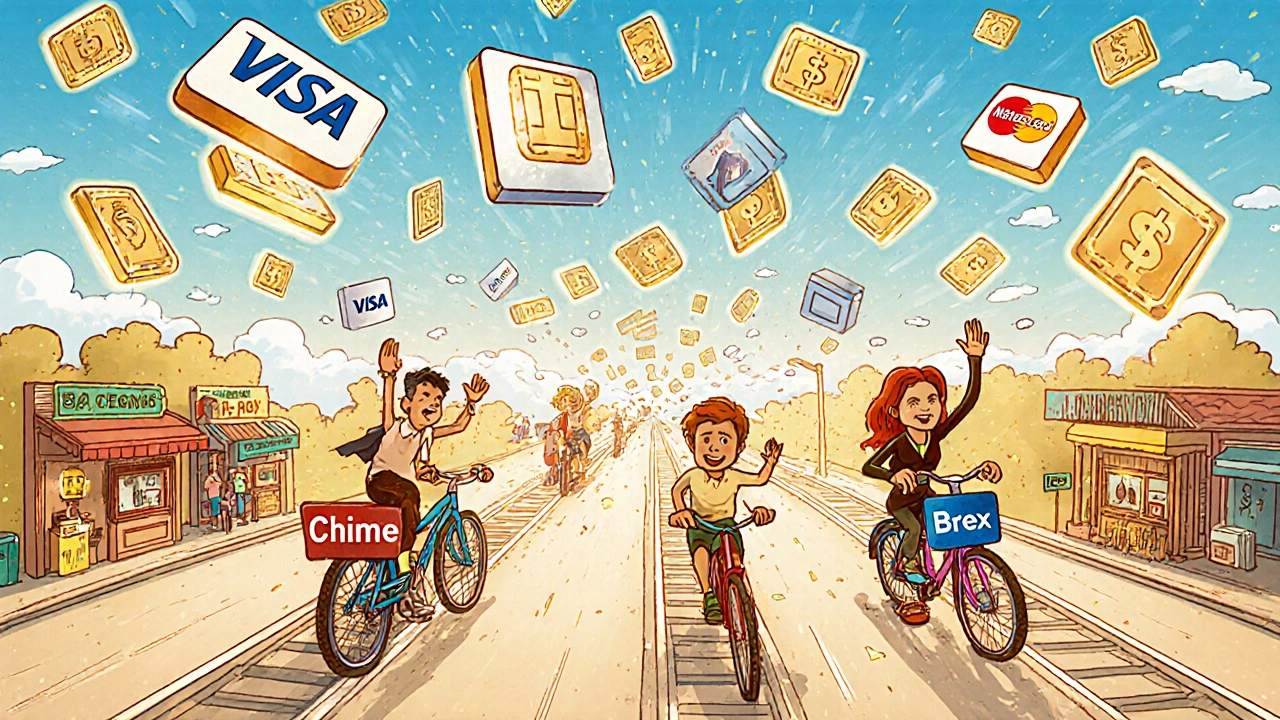Mastercard: How It Powers Your Payments, Cards, and Financial Tech
When you tap, swipe, or click to pay, you’re using a Mastercard, a global card network that connects your bank to the merchant’s bank to move money securely and instantly. Also known as a payment network, it doesn’t issue cards or lend money—it just makes sure the transaction happens, no matter where you are or what device you’re using. You might think of it as just the logo on your credit or debit card, but Mastercard is one of the four big networks—alongside Visa, American Express, and Discover—that keep the entire global payment system running.
Behind every purchase, from your coffee to your online stock trade, is a chain of systems: your bank, the merchant’s bank, a payment processor, a middleman that handles the technical handshake between banks during a transaction, and the card network, the secure highway that routes the payment request and approves or denies it. Mastercard doesn’t hold your money—it doesn’t even know your name—but it verifies the transaction in under a second, checks for fraud, and ensures the right amount reaches the right place. That’s why companies like PayPal, Robinhood, and even small businesses using Klarna or Affirm rely on Mastercard’s infrastructure to make payments work.
It’s not just about convenience. Mastercard’s network powers everything from payment processing for online stores to real-time transaction tracking in fintech apps. When a startup uses a BOP insurance bundle and pays via card, or a teen invests through a robo-advisor using a linked debit card, Mastercard is quietly in the background. Even when you’re trading on Fed Days or using a stop-loss order, your brokerage likely processes payments through one of these networks. And when fintech firms need to reduce transaction failures or improve observability, they tune into Mastercard’s system logs and metrics—because a single failed payment can break a user’s trust.
Mastercard also drives innovation in how we pay. It’s behind contactless tech, tokenization (where your card number gets replaced with a digital code), and even blockchain-based payment trials. It doesn’t make the apps you use—but it makes sure the money moves when you tap ‘buy.’ That’s why understanding Mastercard isn’t about the plastic in your wallet. It’s about knowing how your money actually flows through the digital world—and why the systems behind it matter just as much as the numbers on your screen.
Below, you’ll find real guides that show how Mastercard fits into the bigger picture: from how payments flow behind the scenes, to how small businesses accept installments, to how fintech companies track every transaction to keep things running smoothly. No fluff. Just the tools, systems, and strategies that rely on this invisible backbone of modern finance.
How Fintech Companies Work With Payment Networks and Card Schemes
Fintech companies rely on payment networks like Visa and Mastercard to process card transactions. Learn how interchange fees, network rules, and certification impact their revenue-and why understanding these systems is critical for success.
View More